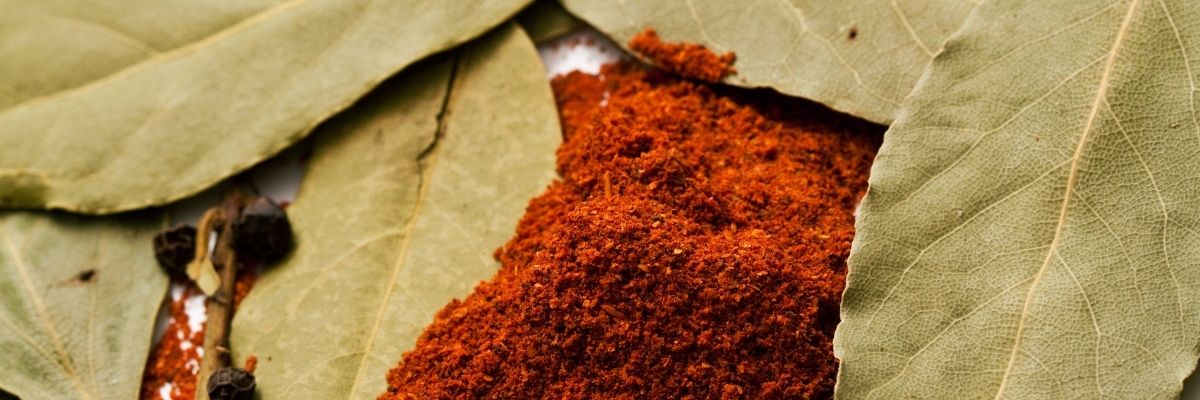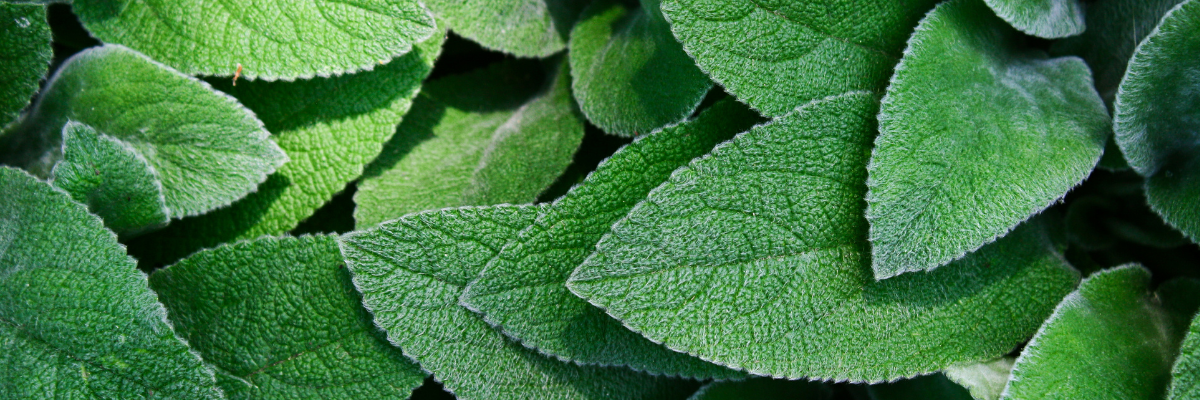You may keep on reading about ‘Terpenes’….but what is a Terpene? It sounds a bit like a vegetable. Maybe a distant cousin of the turnip? Alas, much to our disappointment a terpene is rather different to turnip, which is sad as it sounded quite fun. Who likes turnips anyway…..sorry i’m veering off the subject now, back to Terpenes.
In this article we will burst the bubble on Terpenes and explain exactly what they are, their relationship with CBD and how they affect us.
First of all, what is the definition of a Terpene?
According to wikipedia, the source of all knowledge:
Terpenes are a large and diverse class of hydrocarbons, produced by a variety of plants, particularly conifers, and by some insects.[1][2] They often have a strong odor and may protect their hosts by deterring herbivores and by attracting predators and parasites of herbivores.[3][4]
Terpenes are the major components of rosin and of turpentine produced from resin. They and their derivatives are the primary constituents of the essential oils of many types of plants and flowers.[5] Essential oils are used widely as fragrances in perfumery and traditional medicine, such as aromatherapy.
However, we know that terpenes are far more than just essential oils, as we will discuss in this article.
Although terpenes belong to the same class of hydrocarbons, they nevertheless offer very varied characteristics. We have listed below the main terpenes found in the Sativa plant (the plant that CBD and Hemp derives from) along with their potential benefits and aromas.
Myrcene: The earthy and nutty taste typical of natural CBD
Myrcene is probably the most famous terpene, when it comes to CBD, at least by its smell and taste. You will no doubt have heard (or noticed) that CBD is almost always accompanied by earthy aromas. Look no further for the culprit, it is myrcene.
Whilst many brands add flavours from lemon to cherry to their oils to cover up the natural earthy taste we quite like the nutty natural taste that myrcene brings. Myrcene is also present in fruits and herbs as varied as mangos, bay leaves, sage or cumin.
Historically, lemongrass tea containing high levels of myrcene has played a role in Brazilian folk medicine for its claimed anti-anxiety and pain-relieving properties. A study on whether myrcene reduced pain took place in 1990. It concluded that myrcene reduced pain by increasing the brain and spinal cord’s own opioid chemicals, but this is still to be debated, much more work is needed to prove whether myrcene has pain-relieving properties in humans.

Limonene: Citrus and acidic aromas
Just as the name suggests, limonene brings out a distinctive lemon flavour.
Limonene can also be found in mint, bananas or juniper. Llimonene is widely used in perfumes and cosmetics, but would also have sedative and antibiotic properties.
Despite limonene’s potential therapeutic benefits, little is known about how it works in the brain and body. In many of the limonene studies to date, high doses were used—much higher than amounts found in CBD. More cannabis-focused research is needed, but studies on limonene so far have shown potential to possibly aid reducing stress, elevating mood, and relieving heartburn. It has also been shown to potentially have antifungal and antibacterial properties.
Caryophyllene: Spices
Caryophyllene or, in its complete form, beta-caryophyllene, is a terpene with spicy and peppery aromas. It is therefore not surprising to learn that it is widely found in black pepper, cloves, rosemary and even cinnamon.
Along with myrcene, caryophyllene is one of the two most common terpenes in hemp. Together they give an earthy and spicy character so particular to CBD.
Research into caryophyllene has indicated a wide variety of therapeutic potentials. A 2014 study showed caryophyllene’s pain-relieving properties of the terpene in mice, and another rodent study shows caryophyllene’s potential to reduce alcohol intake, making this terpene a possible treatment for addiction. Again, more research is needed before any certified claims can be made.
Pinene: The wonderful smell of resin and pine forests
Pinene can be found everywhere in nature. It can also be found in conifer trees, orange peels, turpentine, pine needles, rosemary, dill, basil, and parsley.
Pinene’s unique attributes contribute to the overall composition of a CBD, adding an extra dimension. Though research is still substantiating pinene’s effects and benefits, the following uses are currently being investigated: Anti-inflammatory, Anti-anxiety, and Bronchodilator (helps open airways).

Humulene: The fruity bitterness of hops
This is a terpene that all craft beer lovers will know well. Humulene tastes distinctively of hops from which it was first isolated from! Whilst humulene is produced in lower amounts than other terpenes including limonene and myrcene, it is still abundant enough to be considered one of the plant’s main terpenes.
Humulen It is also found in sage, black pepper or ginseng which benefit, in the same way as hemp, from its anti-inflammatory properties.
What are the potential health benefits of Humulene? The terpene has been used for centuries in traditional medicine. Humulene is thought to have antibacterial properties that protect not only plants but also humans, aiding the treatment of several conditions.
A study in 2006 found that small amounts of humulene can help fight the bacterium Staphylococcus aureus, which has the potential to cause a variety of infections all over the body.
Ocimene, terpinolene, linalool, bisabolol and others
The list of terpenes found in nature is as long as an arm and a leg and they all have very distinct properties and aromas. Other terpenes include ocimene, terpinolene (found in herbs and citrus), linalool (reminiscent of lavender) and bisabolol, a very floral terpene also present in chamomile.
Conclusion
When we look at CBD and the role terpenes play, whilst more research is definitely needed, it is not impossible to associate terpenes with some of the overall health benefits that many people link to CBD. It could be the way Cannabinoids and terpenes reactive with each other and we look forward to more research being done on the subject. Either way, in our eyes, the natural properties of terpenes can only be beneficial. It also makes an argument for beer being healthy. Please don’t quote us on that.
Our verdict is that we undeniably think terpenes are more than aromatherapy oils!

Disclaimer:
CBD is sold as a food supplement, and as a result, It’s illegal to claim it treats, prevents, or helps cure an illness or disease. No health claims have been made in this article.

